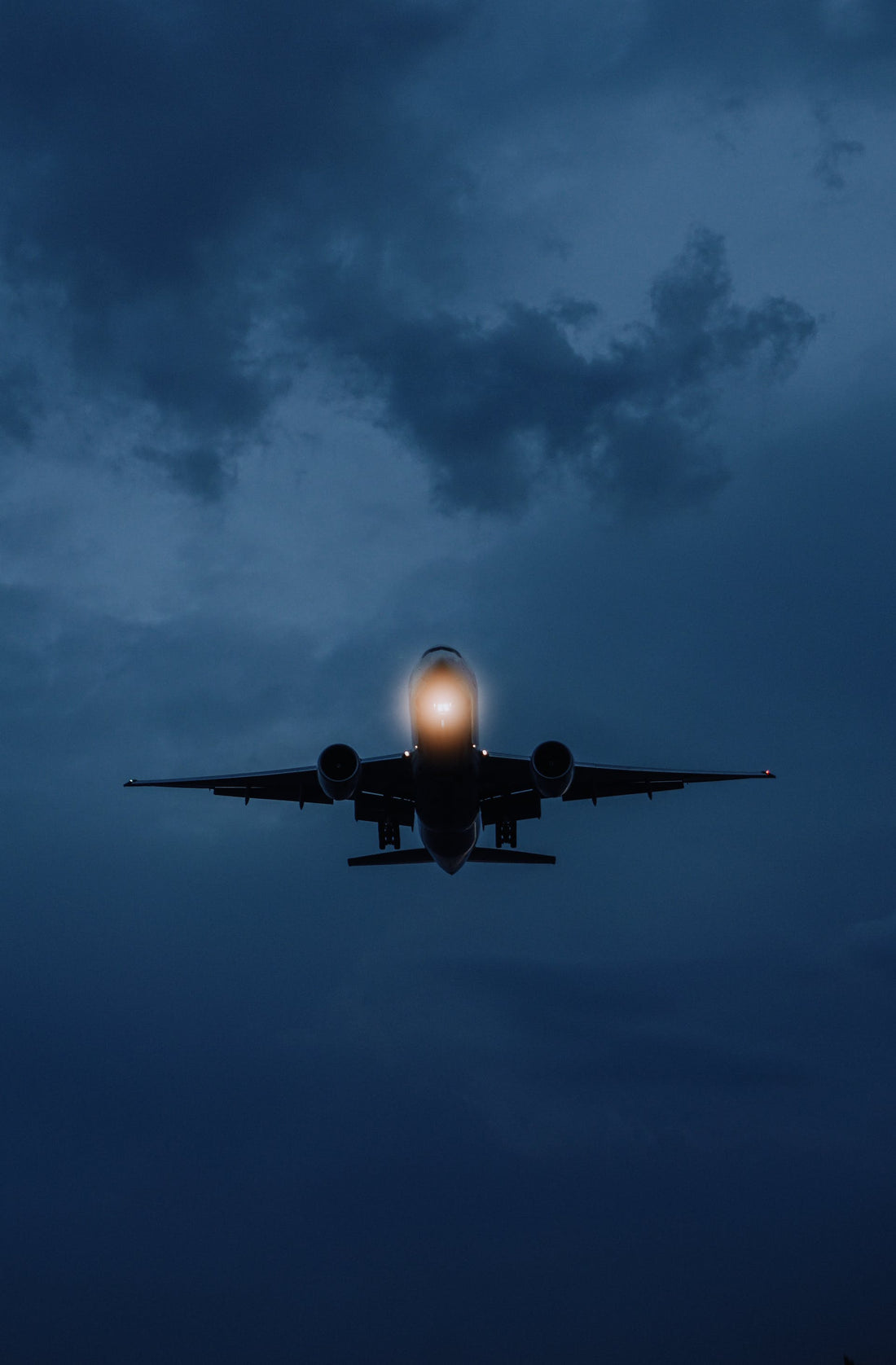
Night Flight: Considerations Before Flying at Night
Flying never gets old to me. I love the views and the feel of flying, but nothing compares to a night flight. I live in Tampa Bay, so flying at night means going over beautiful bright cities like St. Petersburg, Tampa, Orlando, and more. If I go further southeast, it allows for a very different experience flying over rural areas where it’s hard to distinguish the ground from the sky because of the darkness all Around.
There are some important considerations to keep in mind before setting on a night flight. Let’s take a look at a few of those things:
Currency vs Proficiency
You’ve probably heard the terms currency and proficiency. Currency speaks of meeting the minimum legal requirements — in other words, am I legal to fly? Proficiency takes it a step further and speaks of competency and safety.
Although you may meet the legal requirements to fly, are you safe and competent to fly alone? This is a very important consideration before a night flight. There have been too many accidents at night where pilots have gotten disoriented and sadly crashed.
What is Night Time?
Let’s define night first. Night flying can be logged from the end of evening civil twilight to the beginning of morning civil twilight. If you’re not sure what time that is, just google your location and “civil twilight”.
It’s generally half an hour after sunset to half an hour before sunrise. If you’re flying in that timeframe, you can log night hours. However, in order for your landing to count as a night landing, it will need to take place an hour after sunset to an hour before sunrise.
Carrying Passengers at Night?
The FAA has a rule about currency for carrying passengers at night in an effort to ensure competency and safety. A pilot carrying passengers at night must have completed three takeoffs and three full stop landings within the past 90 days during a period from one hour after sunset to one hour before sunrise.
In other words, it needs to have been dark when the pilot completed those three take offs and landings. It’s a serious matter flying at night — how much more taking up friends and family at night!
Lights on?
Anti-collision lights need to remain on during the day or night, but there are a couple more lights that need to be on during a night flight. Position lights are the red and green lights on the wing tips (always red on the left, green on the right). From sunset to sunrise, those need to be turned on.
If your plane is for hire (in other words if it’s being rented), you will also need to have a landing light — this is the bright light that shines straight ahead usually from the nose of the plane or from the leading edge of one of the wings.
The landing light helps to illuminate the runway environment ahead as you taxi or approach to land, and it makes you much easier to spot by other aircraft flying at night.
Safety Considerations
It’s interesting to consider that many countries require a separate rating to fly at night, but in America, the FAA only requires three hours of night training. Is that really enough to be a safe and prepared pilot in the darkness of the night? I always recommend my students to get more night flying experience with an instructor or another experienced pilot before flying alone at night.
It’s not worth the risk! One of the common dangers with flying at night is becoming disoriented. If you’re in an area away from city lights, it can become impossible to really discern the ground from the sky by just looking out the window. This is why it’s so important to trust your instruments.
There are also several illusions that can occur during a night flight. For example, a pilot might mistake a low cloud layer ahead for the horizon leading them to align with an incorrect horizon and resulting in a dangerous attitude — this is called a false horizon.
Have you ever stared at a light at night long enough to see it appear to move even though it’s obviously stationary? This is another night illusion called autokinesis. When pilots stare at a light ahead against the dark backdrop of the sky, it will appear to move.
The disoriented pilot will then begin making movements to avoid what really isn’t even moving. It’s important to keep your eyes moving in your scan and not to stare at one stationary spot. It’s easy to become disoriented at night if you’re not extremely careful.
Night Vision
Did you know that our vision is different at night than it is in the daytime? At night, we use more of our “rods” than our “cones” in our viewing. The rods are located away from the rear center of the eyeball, so this makes off-center viewing (or using your peripheral) more effective than looking directly at something.
Think of this as having a blind spot in the center of your viewing at night! It’s also important to note that it takes about 30 minutes for your eyes to adjust to the darkness at night, and it's recommended to avoid light for 30 minutes before flying at night!
A lot to consider when flying at night, huh? There’s nothing more important than being safe and prepared when behind the controls of an airplane. I hope you get to enjoy many breathtaking night flights! Just remember these considerations before going up!
By Josh Page, CFI
Northstar Aviation References brings you the Pre-Tabbed ASA FAR/AIM, DIY tabs for your FAR/AIM and other pilot resources so that you can more easily study the regulations that form the foundation of your flying career or hobby. Have any questions? Check out our FAQs page or contact us. Check out other blog posts here.
